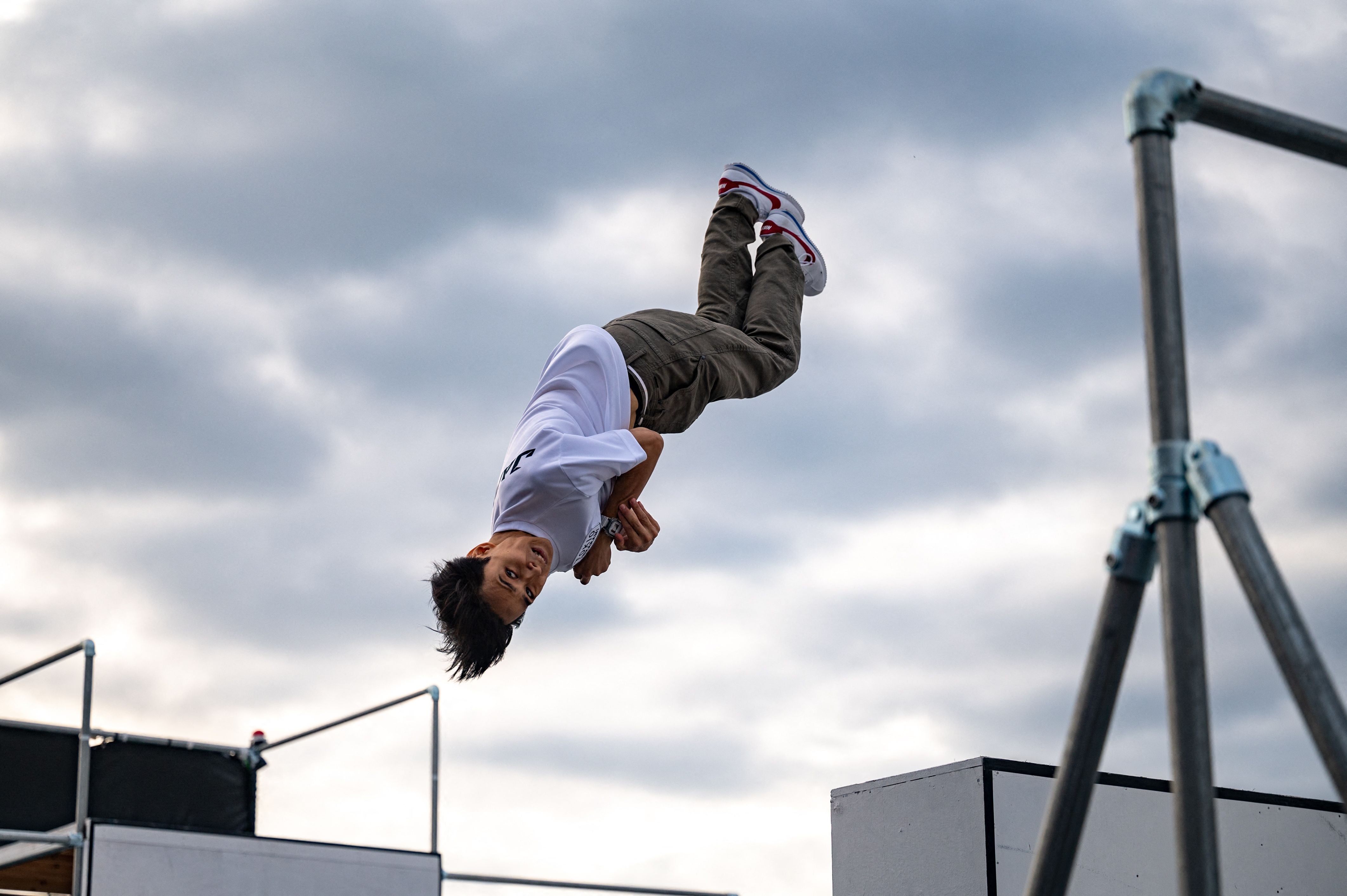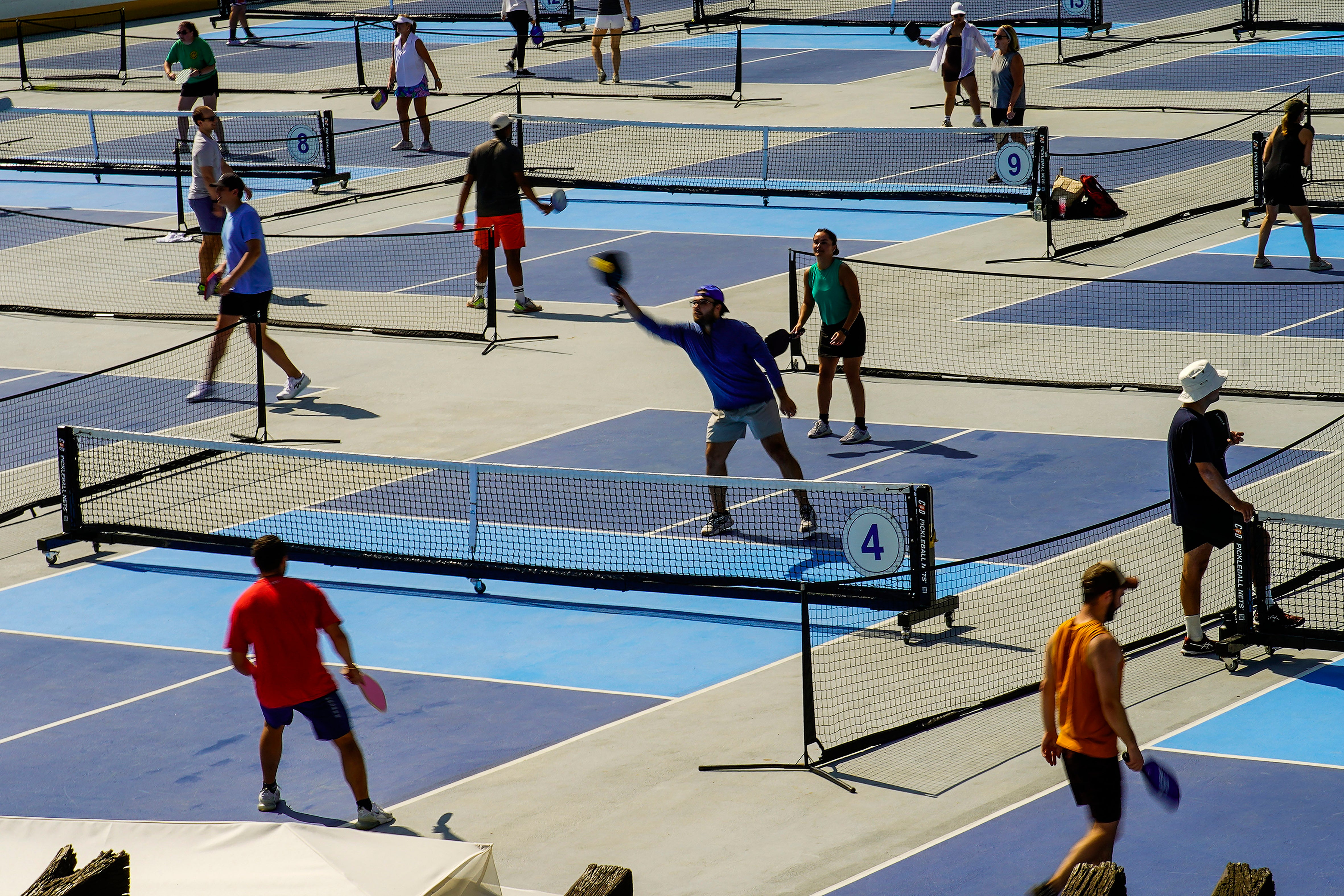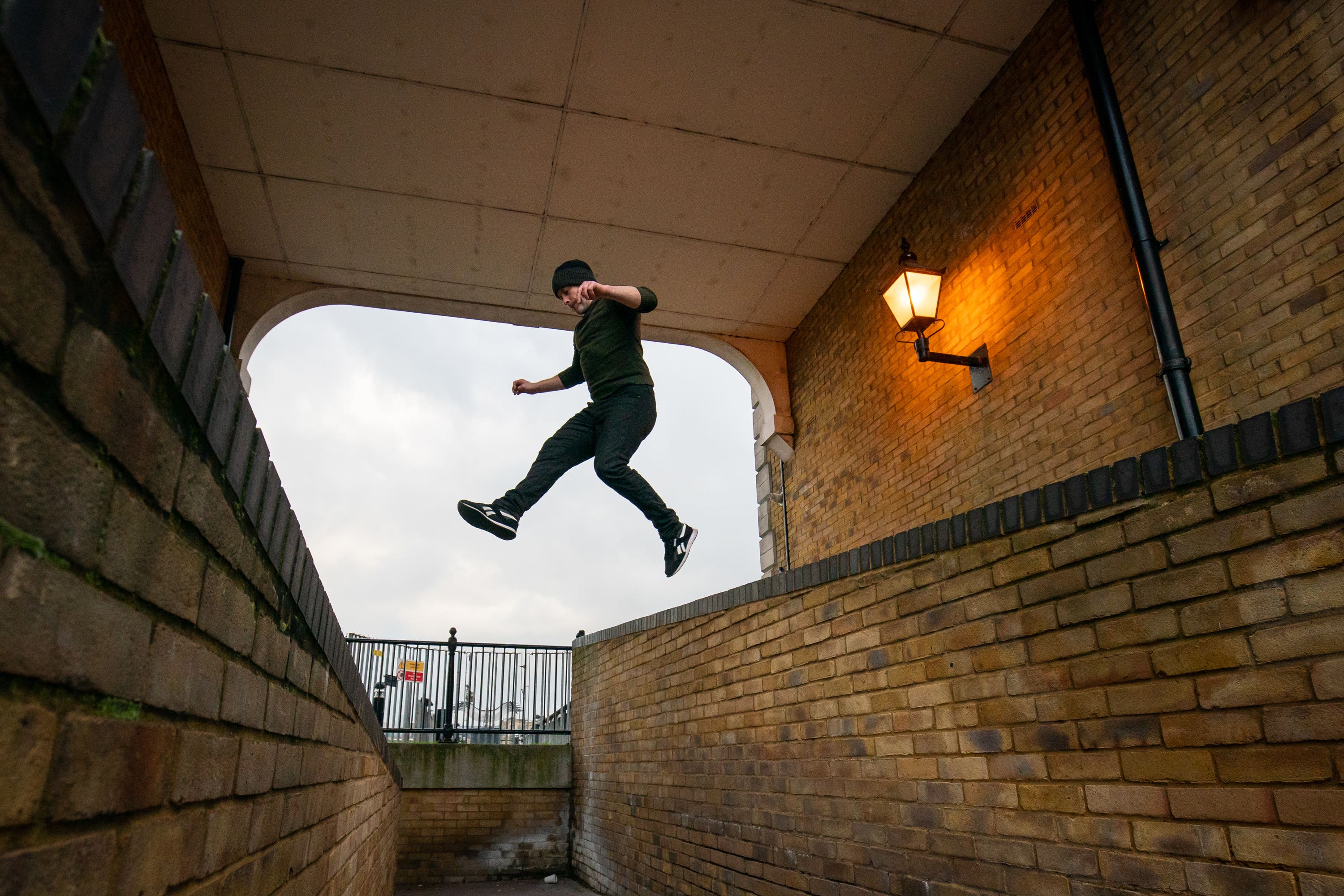Move over tennis – parkour, pickleball and korfball added to new school curriculum
The UK became the first country in the world to officially recognise parkour as a sport in 2017

Your support helps us to tell the story
From reproductive rights to climate change to Big Tech, The Independent is on the ground when the story is developing. Whether it's investigating the financials of Elon Musk's pro-Trump PAC or producing our latest documentary, 'The A Word', which shines a light on the American women fighting for reproductive rights, we know how important it is to parse out the facts from the messaging.
At such a critical moment in US history, we need reporters on the ground. Your donation allows us to keep sending journalists to speak to both sides of the story.
The Independent is trusted by Americans across the entire political spectrum. And unlike many other quality news outlets, we choose not to lock Americans out of our reporting and analysis with paywalls. We believe quality journalism should be available to everyone, paid for by those who can afford it.
Your support makes all the difference.PE at school used to mean a few options; football, tennis, maybe athletics. But that’s about to change.
The Oak National Academy, which is a publicly-funded creator of curriculum resources for schools in England, will roll out teaching resources for nine subjects over this academic year
Parkour, pickleball and korfball will be included in PE curriculum resources available to schools.
The Oak National Academy – an arm’s length body to help schools deliver curriculum content – has launched lesson resources for teachers that aim to engage more young people.
Away from PE, for computing, schools will be offered online safety lessons for pupils from the age of five – covering the risks of excessive screen time, responsible online behaviour and cyberbullying.
Classroom resources for art and design feature contemporary artists like Alberta Whittle, Chila Kumari Burman and Frank Bowling, alongside well-known figures like Picasso and Van Gogh.
The curriculum materials for PE lessons in schools feature parkour, also known as freerunning, which is the art of negotiating terrain using only the natural strength of one’s body, principally through running, jumping and climbing.

While popular videos of parkour usually show participants using freerunning techniques to scale urban structures, lessons can all be executed in a school gym by using equipment like beams and vaults.
It comes after the UK became the first country in the world to officially recognise parkour as a sport in 2017.
Classroom resources for PE also cover racket sport pickleball and korfball, which is similar to netball and basketball. They will join mainstream sports like football, hockey, tennis and athletics.
Matt Hood, chief executive of Oak National Academy, said: “We want to inspire the next generation of artists, tech entrepreneurs, athletes, coaches and musicians with our lessons.
“These comprehensive and exciting new curriculum plans will help schools and teachers deliver great lessons that spark children’s interests and prepare them for life beyond the school gates.”
He added: “I’m delighted we are offering such a wide variety of sport in the PE curriculum so teachers have the resources to offer everything from football and hockey to parkour and pickleball – something to engage all their pupils.
“Digital skills are woven into our computing resources and online safety also features prominently, something we know parents care deeply about.”

Jason Elsom, chief executive of Parentkind charity, welcomed the inclusion of online safety in curriculum resources for young pupils.
He said: “When we speak to parents, online safety and the risks of social media are consistently one of the biggest worries.”
Pepe Di’Iasio, general secretary of the Association of School and College Leaders, said: “PE lessons are vital for promoting the benefits of physical activity and healthy living, and curriculum resources covering different and more modern sports may well be useful in some settings.
“The most important thing is that schools retain the freedom to access a diverse range of curriculum resources and to adapt these in ways that best suit the needs of their pupils.”